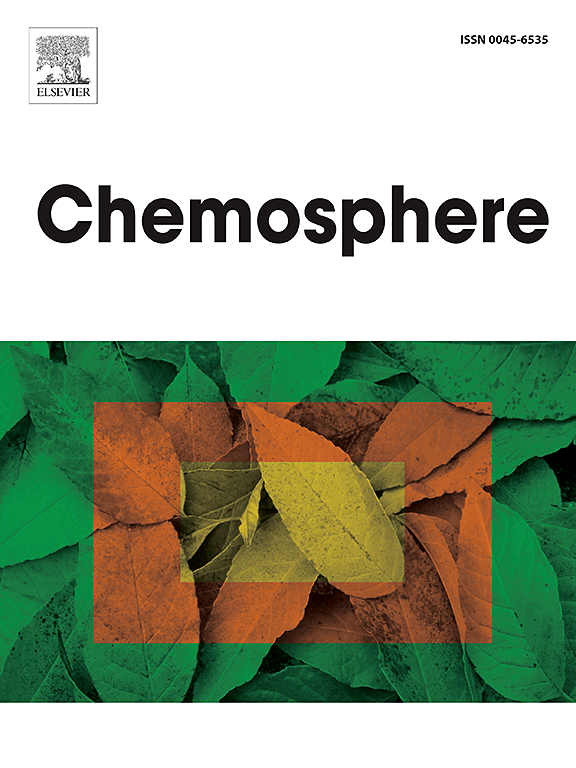贝叶斯分层建模方法可以提高微囊藻毒素浓度的测量精度
IF 8.1
2区 环境科学与生态学
Q1 ENVIRONMENTAL SCIENCES
引用次数: 0
摘要
贝叶斯层次模型(BHM)是一个通过利用来自不同来源的信息来改进参数估计的框架。在环境监测项目中,我们经常使用基于校准的方法测量重要的化学物质浓度。这些方法需要每次用少量已知浓度的标准溶液反复拟合校准曲线。这种方法通常与测量浓度的估计不确定度大有关。BHM是一种降低校准曲线不确定度的完美方法,从而提高了最终浓度测量的准确性和稳定性。我们通过估算伊利湖有害藻华(HAB)监测项目的微囊藻毒素浓度来证明BHM方法的有效性,该监测项目由美国国家海洋和大气管理局的五大湖环境研究实验室运营。我们引入了一个顺序更新算法来实现BHM框架,以便BHM模型可以一次拟合和更新一个测试。通过将估计的质量控制样品浓度与其已知值进行比较,我们表明BHM方法与目前使用的方法相比具有最好的准确性。由于采用顺序更新方法,BHM可以很容易地整合到实验室中,而不需要对实验室程序进行额外的更改,因此与传统校准方法相比,BHM具有关键优势。这一进展可以减少在HAB事件期间的健康风险和假阳性关闭。本文章由计算机程序翻译,如有差异,请以英文原文为准。
A Bayesian hierarchical modeling approach can improve measurement accuracy of microcystin concentrations
The Bayesian hierarchical model (BHM) is a framework that improves parameter estimation by leveraging information from different sources. In an environmental monitoring program, we often measure important chemical concentrations using calibration-based methods. These methods require fitting a calibration curve repeatedly each time with a small number of standard solutions of known concentrations. This approach is often associated with large estimation uncertainty in the measured concentrations. BHM is a perfect method for reducing calibration curve uncertainty, thereby enhancing the accuracy and stability of the resulting concentration measurements. We demonstrate the effectiveness of a BHM approach by estimating microcystin concentrations from the Lake Erie harmful algal bloom (HAB) monitoring program operated by the Great Lakes Environmental Research Laboratory of the National Oceanic and Atmospheric Administration. We introduced a sequential updating algorithm to implement the BHM framework so that the BHM model can be fit and updated one test at a time. By comparing estimated quality control sample concentrations to their known values, we show that the BHM method yields the best accuracy compared to the currently used methods. Due to the sequential updating approach, the BHM can be readily incorporated into a lab without requiring additional changes to lab procedures, thus offering a key advantage over traditional calibration methods. This advancement could reduce health risks and false-positive shutdowns during HAB events.
求助全文
通过发布文献求助,成功后即可免费获取论文全文。
去求助
来源期刊

Chemosphere
环境科学-环境科学
CiteScore
15.80
自引率
8.00%
发文量
4975
审稿时长
3.4 months
期刊介绍:
Chemosphere, being an international multidisciplinary journal, is dedicated to publishing original communications and review articles on chemicals in the environment. The scope covers a wide range of topics, including the identification, quantification, behavior, fate, toxicology, treatment, and remediation of chemicals in the bio-, hydro-, litho-, and atmosphere, ensuring the broad dissemination of research in this field.
 求助内容:
求助内容: 应助结果提醒方式:
应助结果提醒方式:


